Retrospective on Pokémon: The Main Series Games
When it comes to the world of gaming, no franchise has become as huge of a multimedia success as Game Freak’s Pokémon. This franchise appeals to many types of fans, from the collector to the competitor. From the onset, the games enticed players to catch them all, referring to the in-game pokémon. Then, the anime series emphasized the deep bonds between trainers and their pokémon as Ash tried to be the best that ever was. The card game also enticed both competitive play and collectors, especially with the rare foil cards. Finally, the toys and other collectors offered many other products for collectors to nab.
Even the video games have split into various spin-off series, welcoming gamers of all types. For those who prefer dungeon crawlers, the Mystery Dungeons cater to their tastes. Meanwhile, gamers who enjoy a gentle game that allows them to see these creatures in the wild loved the Snap games. Then, before the games began using 3-D engines, the Stadium and Colosseum games gave gamers a chance to see their favorite pokémon in 3-D glory.
However, the heart of the franchise will always be Game Freak’s main series games. These games continue to push the series forward, especially as they introduce new generations. Every few years, Game Freak moved the series forward with new titles, which also expanded the roster. Thus, there are currently eight generations with 898 Pokémon in total. However, what has made each entry in this series special?
Join us as we look back at the main games from Nintendo’s hit Pokémon series
Generation 1: Pokémon Red and Blue
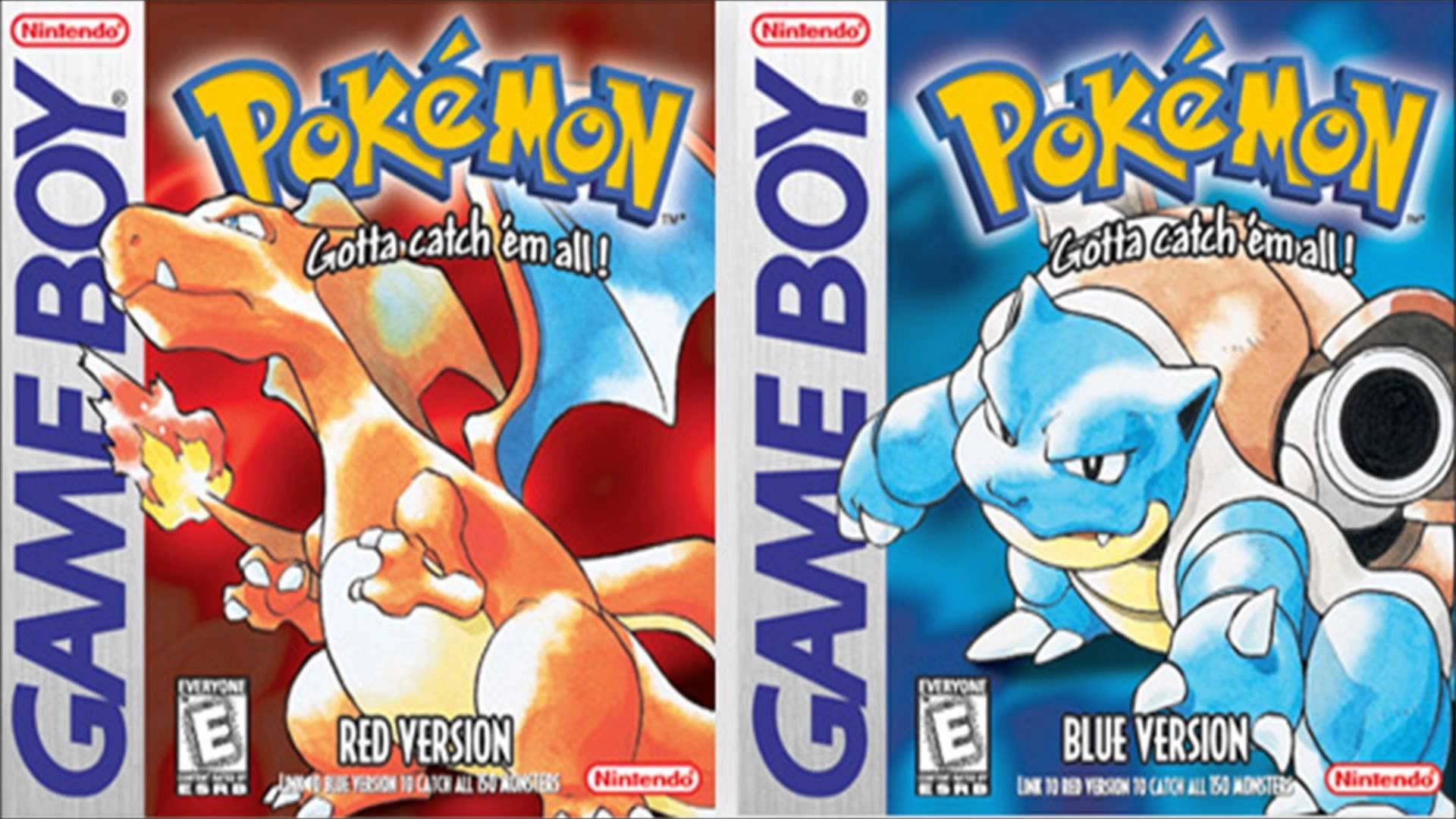
In 1996, Game Freak first welcomed gamers to the world of Pokémon as they released both the Red and Blue versions of the game to the Game Boy. Within these first two games, there were 150 creatures for trainers to catch and prepare for battle. However, that number soon expanded to 151 as Nintendo distributed Mew to lucky owners who attended their special events. So, the games offered a strong line-up even in its first generation.
However, not every owner of the game could catch every pokémon on their own since some creatures were exclusive to their respective version. For instance, only owners of the Red version could get the chance to catch Ekans within their game. Likewise, the Blue version gave owners the exclusive chance to catch Meowth. However, players could trade these creatures between the two versions of the game via a link cable between two Game Boys. Thus, collectors either had to own both versions along with two Game Boy or had to get together with friends.
As the new trainers began their adventures in the Kanto Region, the players met with Professor Oak to pick one of the three starter pokémon, Bulbasaur, Charmander, or Squirtle. They also met up with their rival, the grandson of Professor Oak. With their first pokémon in hand, these trainers set off into the world to travel the remain from town to town. As they journeyed, they challenged eight gym leaders to prove their merits as trainers. Finally, successful trainers gained the right to challenge the Elite 4 then their Rival one last time to become the ultimate trainer. Throughout their journey, they also learned of the evil intentions of Team Rocket and their genetic experiment, Mewtwo.
Generation 2: Pokémon Silver and Gold
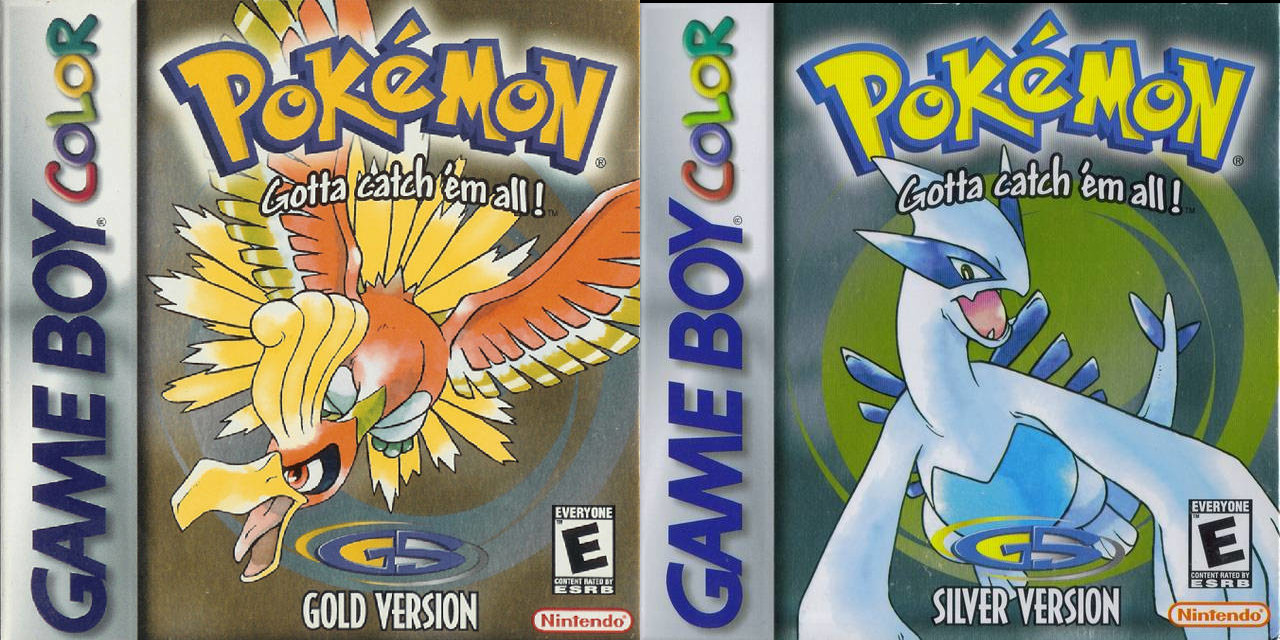
With the rousing success of both the first set of games and the anime series, Game Freak quickly moved to create the next entry in the series. Thus, Japanese fans began to explore the next region filled with new creatures in 1999. Since Game Freak designed these for the new Game Boy Color, the games offered the first official look at these creatures in full color. With the move to color, the game also introduced yet another layer of collectability, shinies, the rare color variation that had a 1/8192 chance of appearing. For instance, while a Gyarados is usually blue, the shiny variation was red.
Beyond the introduction to color pokémon, the game also introduced breeding into the games. Thus, by pairing up a male and a female pokémon, trainers could improve the stats of their team with optimal breeding combinations. This system would become a staple that also helped collectors aim for their rare shinies.
This time, trainers set out into the Johto region, where the pokédex expanded to 251 with a hundred new creatures. As trainers began their new journey, they met up with Professor Elm to pick either Chikorita, Cyndaquil, or Totodile. Then they traveled across the region to battle eight gym leaders. As they traveled, they once again battled against the evil intentions of Team Rocket. After defeating Team Rocket and gathering all the badges, successful trainers faced off against the Elite Four on the Indigo Plateau. Even after they became the Pokémon Champion, their journey was not complete, for they could travel to the Kanto region to challenge the gym leaders there.
Generation 3: Pokémon Ruby and Sapphire
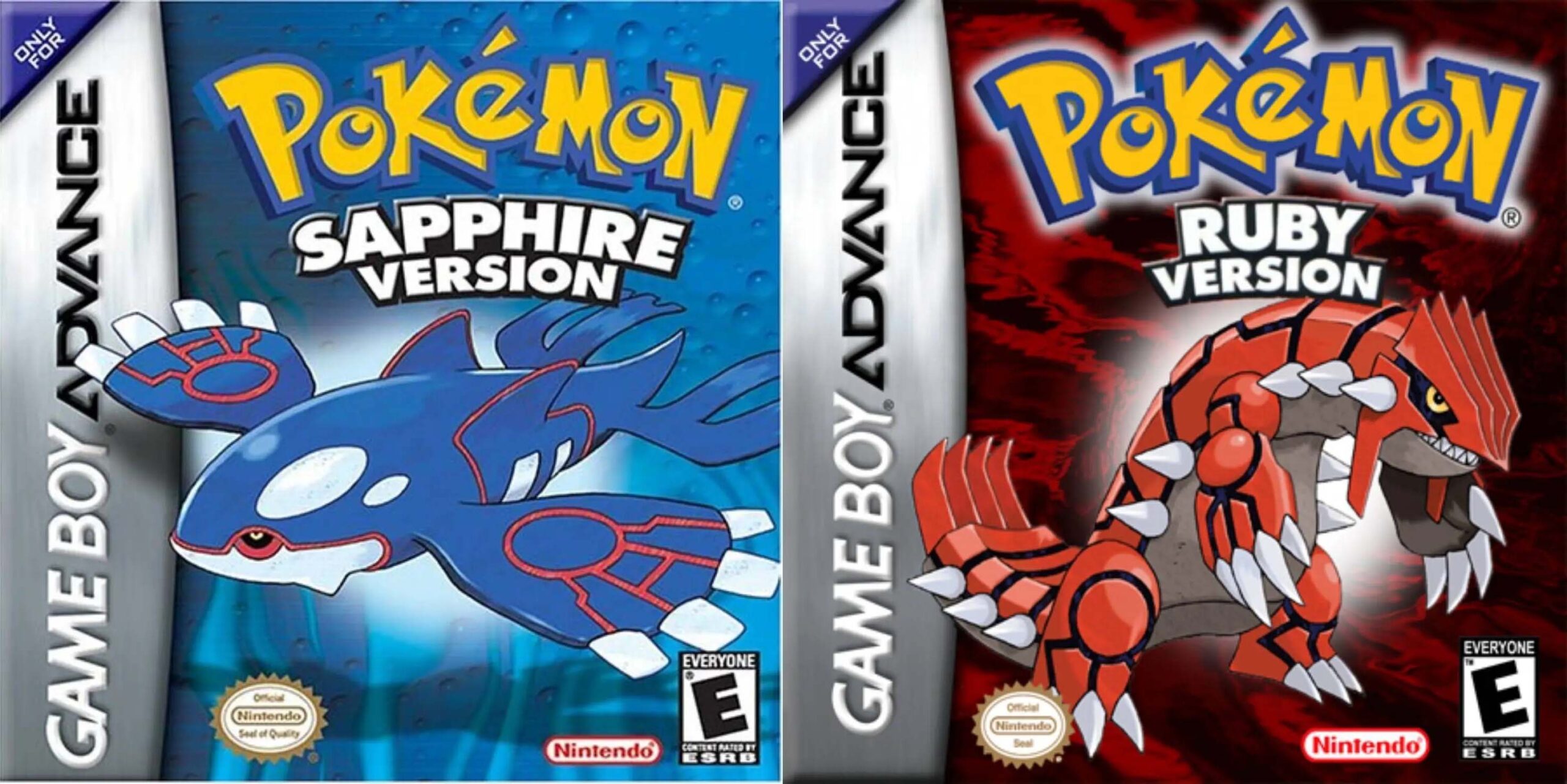
The next generation did not start until the Game Boy Advance was in full gear, in 2002. By 2003, fans across the planet were enjoying the next entry in the franchise as they sought out the next set of legendaries. Since the Game Boy Advance could provide more power and graphics than the Color, the games gained more expressive color palettes and designs. However, the games retained the 2-D aesthetic.
Otherwise, the series expanded on the improvements that Gold and Silver introduced. For instance, new weather variations became available, such as hail, which would harm any non-ice-type creatures. However, the game removed the day and night events that the second generation introduced. Despite this, time continued to affect certain evolutions, which was set via an analog clock in their hometown.
New trainers found themselves in the Hoen region, where they met up with Professor Birch to pick one of three new starters: Mudkip, Torchic, or Treecko. From there, they ventured out to travel and challenge the eight gym leaders of the region. Depending on the version, players either battled against Team Aqua or Team Magma, who wanted to use one of two legendary pokémon to fundamentally change the climate.
The game expanded the Pokédex to 386, with 135 new additions to the series. However, not all creatures were available within these two games. Also, it was not possible to trade up to the GBA from the Game Boy. So, collectors had to wait until the remakes of the first generation games, FireRed and LeafGreen, hit the market to collect them all.
Generation 4: Pokémon Diamond and Pearl
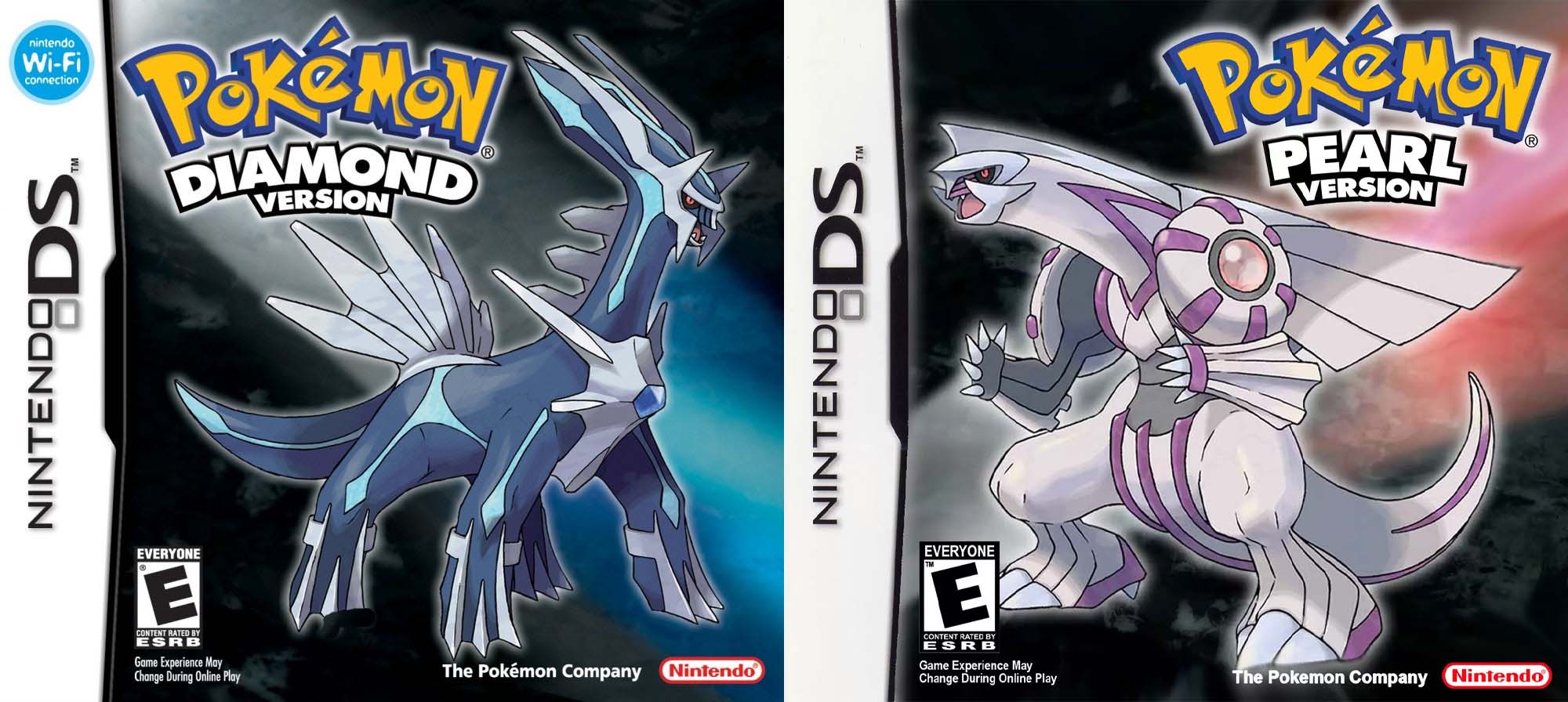
As Nintendo moved on to the next system in handheld entertainment, the Nintendo DS, Game Freak introduced the next generation of Pokémon in 2006. In many ways, this game revolutionized the trading scene, for players could trade worldwide thanks to the Global Trade Center. Thus, they did not need to hope that their close friends would pick up the alternate versions of the game.
Unlike the third generation, the day and night cycles returned with even more separations. Rather than just night and day, the game now featured morning, day, afternoon, evening, and night. The second screen on the DS also opened the variety of minigames available for this generation. For instance, the game offered a dance competition, where players tapped the touch screen to the rhythm of the music.
The fourth generation welcomed gamers to the Sinnoh region, where they met up with Professor Rowan. Unlike the prior professors, Rowan indirectly gives the player their starter pokémon by leaving behind a briefcase. Thus, players could pick from either Chimchar, Piplup, or Turtwig as they began their adventure. As the trainers explored the region in search of their eight gym badges, they battled against Team Galactic and their ambitions to distort time and space.
This generation introduced 107 new pokémon to the series, increasing the total to 493. Unlike Ruby and Sapphire, owners of the earlier generations could bring up their prior monsters to the game via the Pal Park and the GBA slot in the DS.
Generation 5: Pokémon Black and White
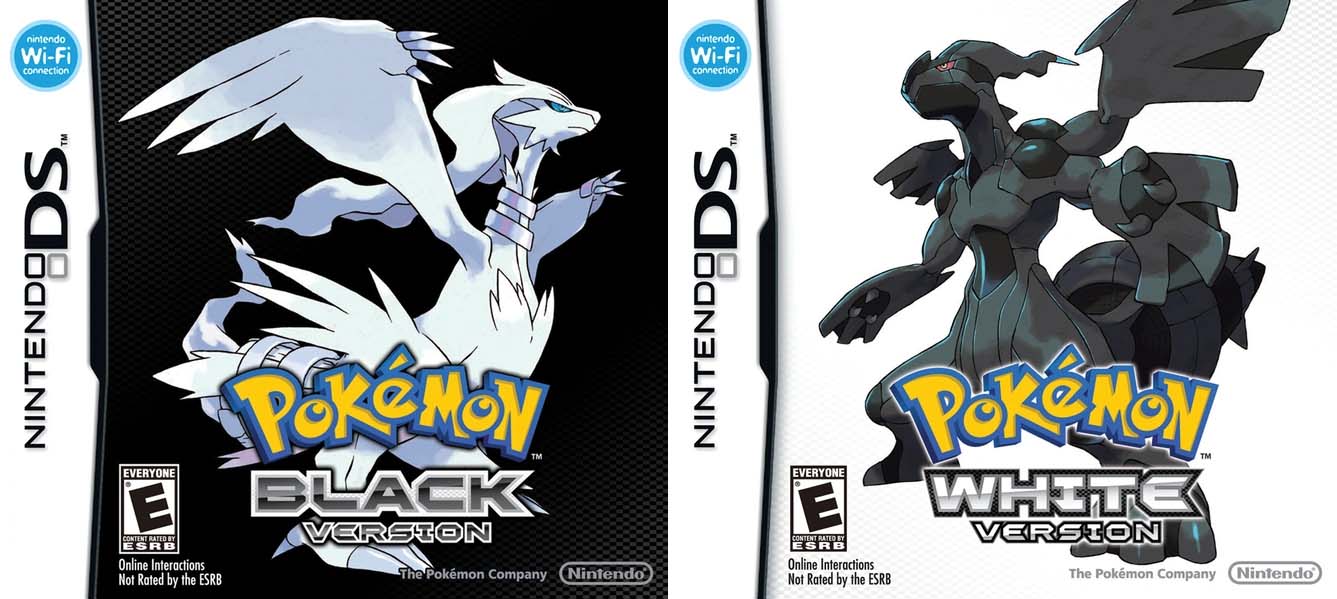
As Pokémon fans grew along with the series, Game Freak decided to mature the series for its fifth generation in 2010. Reflecting this older demographic, these two games featured a trainer that began their journey at around 16 years old, rather than the standard ten-year-old.
Also, in the interest of creating a fresh experience, this generation omitted any creatures from the prior games in the main game. Only after beating the game could players import their favorite pokémon from the prior generations. Thus, Black and White introduced one of the largest groups of new creatures with 156 new pokémon. Thus, the pokédex expanded to 649 in total to collect and trade.
Beyond the new pokémon, the fifth generation introduced new mechanics such as triple and rotation battles to the mix. Also, this generation saw the first use of the seasons mechanic, where some pokémon in the wild changed appearance along with the appearance of the region itself. There were even some areas that would only be accessible during certain seasons.
Trainers of the Unova region began their journey by opening a box from their friend, Professor Juniper. Within the box, they could pick one of the three new starter pokémon: Oshawott, Snivy, and Tepig. Meanwhile, their friends Cheren and Bianca will pick up the other two creatures in the box. As the trainer travels the region to gain their eight badges, they foil the evil plans of Team Plasma, who want to break the bonds between humans and pokémon. While their leader, N, claimed to be the hero with a legendary dragon, the player summons one of the legendary dragons, Reshiram or Zekrom, to defeat him. While prior generations of games typically had a third, “definitive” edition, the fifth generation games instead had two sequel games: Black 2 and White 2. These games took place 2 years after the prior entries, with a greater variety of available pokémon and an altered cast of characters to reflect the jump in time.
Generation 6: Pokémon X and Y
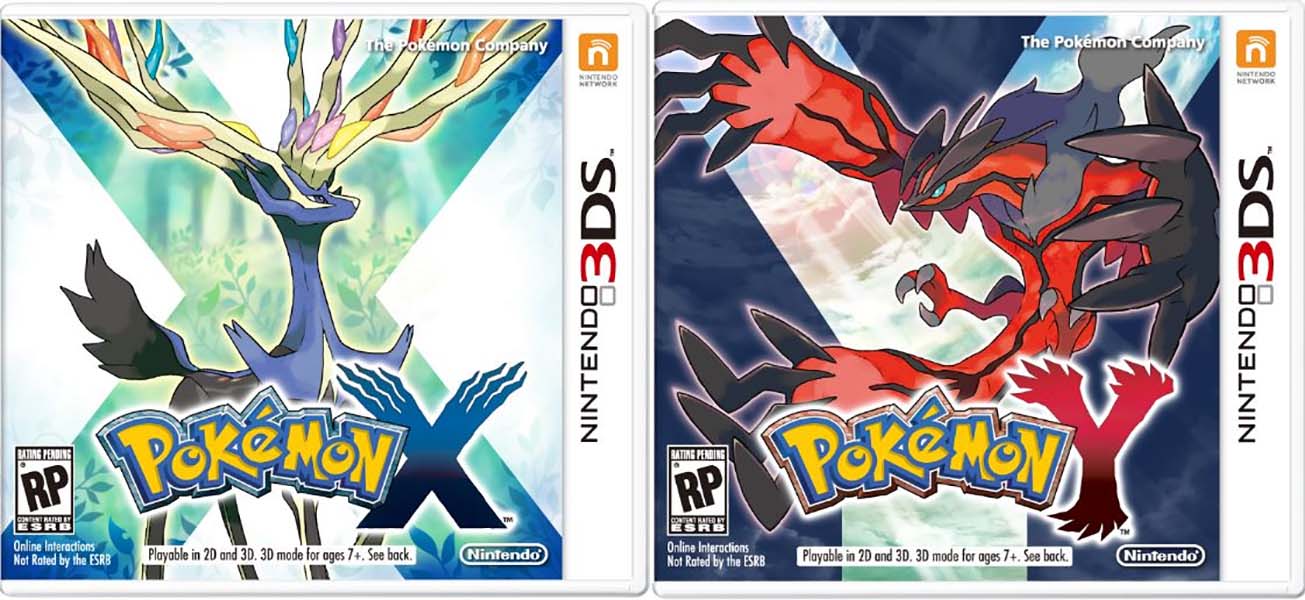
As the series advanced, it moved onto the Nintendo 3DS in 2013 with X and Y. Along with moving to the new system, the sixth generation also moved the series to 3D graphics, ditching the standard 2D sprites from the past. While the 3DS made a name for itself by providing stereoscopic 3D, these games only used the functionality for single battles, cutscenes, certain areas, and other special circumstances.
Since the 3DS maintained the second screen that the DS introduced, players could feed and pet their pokémon using the Pokémon-Amie. These entries and the Omega Ruby and Alpha Sapphire entries later in the generation introduced a spectacular temporary evolution available to certain pokémon, mega evolution. The series also introduced sky battles between flying creatures, or those who knew abilities like levitate. Finally, the game introduced a new type of battle, the horde encounters, where they battled up to five wild pokémon in one battle.
While this generation introduced seventy-two new pokémon, which raised the total to 721, it also made a huge change in the types. Previously, dragon pokémon were only weak to ice and dragon itself, with many resistances to help brush off attacks. However, X and Y introduced the fairy type in order to help mellow the uncontested dragon type. To accomplish this, several normal-type creatures became fairies.
As trainers prepared to set out into the Kalos region, they meet up with Professor Sycamore along with four other kids: their rival, Shauna, Trevor, and Tierno. Then, they picked from one of three new starter pokémon: Chespin, Fennekin, or Froakie. As they traveled the region to challenge eight gym leaders, they battle and defeat the evil aspirations of Team Flare, who aim to wipe out all life on Earth or grant immortality to all beings, depending on the version.
Generation 7: Pokémon Sun and Moon
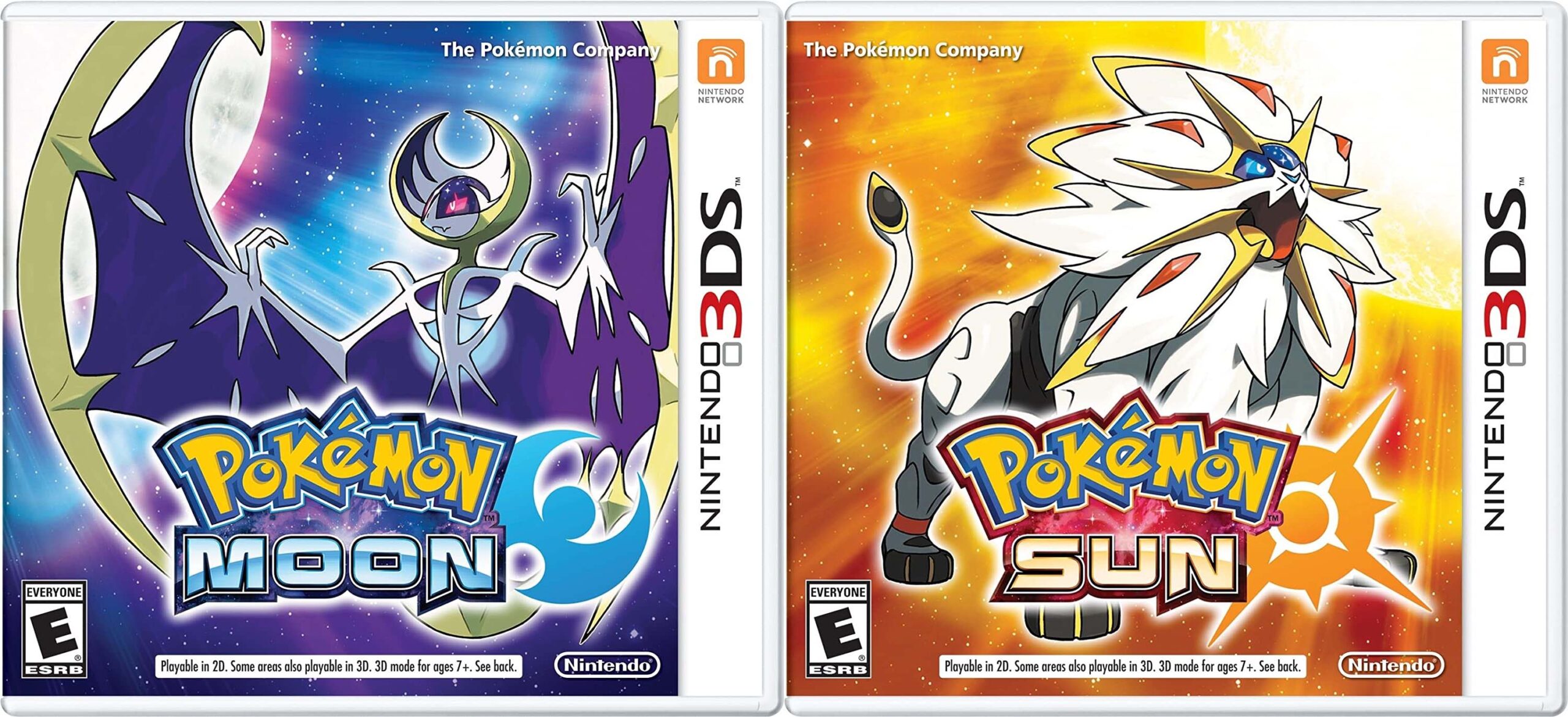
Continuing on the 3DS, the next generation began in 2016 with Moon and Sun. Unlike the prior game, there were no grand changes to the graphics style for the game. The series continued to utilize the cel-shaded 3D sprites that X and Y introduced. However, that did not mean that the game did not offer innovations to the gameplay. Eighty-seven new pokémon came from this generation, bringing the new total to 809.
One of the most obvious additions to the series was the introduction of regional variations to known pokémon. Alolan forms breathed new life into older pokémon, featuring new typings, abilities, and movesets. The series also offered Battle Royal battles, where four players could battle each other in a free-for-all. While these entries did not implement any new mega evolutions, they are the last mainline games to feature the battle gimmick.
While these games did not introduce a new type of pokémon, they introduced a new extra-dimensional concept, the ultra beasts. These creatures emerged from wormholes; thus, they were like no creatures the world had seen before. Unlike legendaries, these creatures transcend all understanding of the world and nature.
As players began their journey in the Alolan region, they meet Professor Kukui on a video call. After moving to Alola, the player met a young girl who pleads for them to save her pokémon, a defenseless creature nicknamed Nebby. One of the legendary pokémon who protect the islands, Tapu Koko, also swooped in to rescue the trainer and Nebby. Upon returning to Professor Kukui, the trainer could pick from one of three new starters: Litten, Popplio, or Rowlet.
As they battled unique trial captains to obtain Z-Crystals, the trainer defeated Team Skull and learned more about the Guardian Pokémon. Unlike prior teams, Team Skull was merely a cover for the true threat: the Aether Foundation, which sought to capture the power of the ultra beasts.
Generation 8: Pokémon Sword and Shield
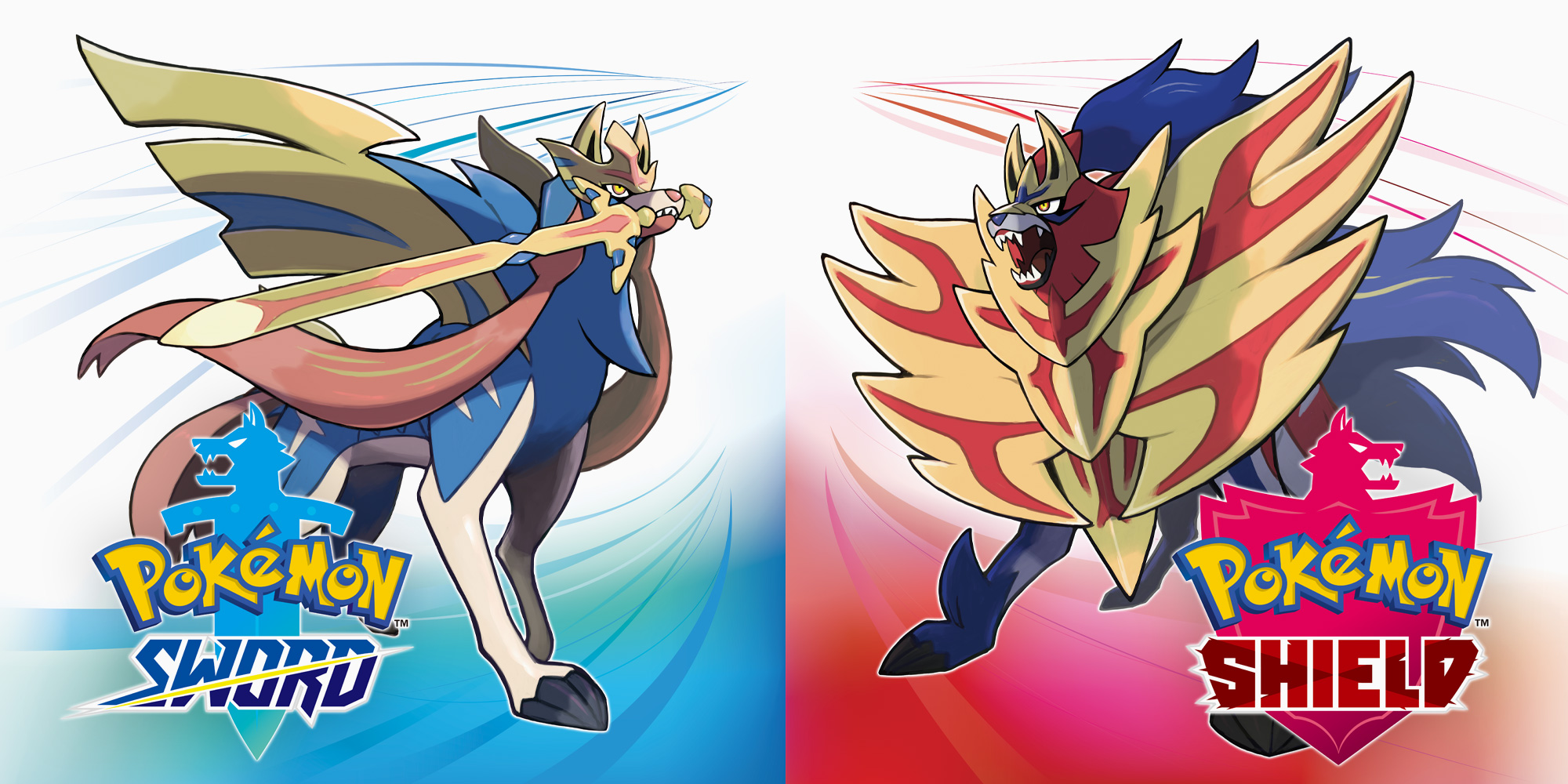
For years, the main series Pokémon games remained on mobile systems, with occasional off-shoots on the consoles. However, that all changed when the series moved onto the Nintendo Switch, which is both a mobile and home console. Thus, in 2019, the first main series games to feature high-definition graphics hit the store shelves, Sword and Shield. The game introduced eighty-eight new pokémon, bringing the new total to 898.
The main gimmick to these games was the Dynamax system, where trainers could make their pokémon grow to kaiju sizes, dwarfing all others on the field. This system could only activate once per battle on each side, assuming that there was a hotspot in the area. There were also certain pokémon who gained special Dynamax forms known as Gigantamax, which acted as a new form for those pokémon. In several ways, the Gigantamax forms took inspiration from the Mega Evolution of yore.
With the introduction of gigantic pokémon, the games also introduced raid battles, where up to four players could team up to take on a single Dynamaxed creature. The game later expanded these raids to include “Dynamax Adventures,” where players used loaner pokémon to traverse dungeons filled with Dynamax creatures, ending in a battle against a legendary.
As trainers prepared to set out into the Galar region, the current champion and older brother to their rival, Hop, welcomes them. He offers them the choice of one of three new starters: Grookey, Scorbunny, or Sobble. As players traveled the region to gain their eight gym badges, they helped Professor Magnolia’s granddaughter, Sonia, research the history of the region along with the “Darkest Day.” Eventually, the trainer learned the dark history of the Galar region and Dynamaxing.
Looking forward to the future of Pokémon
With Pokémon Brilliant Diamond and Shining Pearl coming out this week, we know that the series will continue to grow and expand. Moreover, the series will be gaining another spin-off series as news on Pokémon Legends: Arceus continues to come out. As the games and cartoons remain strong, we also have many new toys, plushies, and other Pokémon merchandise to look forward to.
Do you have old and used Pokémon toys?
If you have a collection of old and used toys, you can turn those toys into cash. There is no reason to let those old toys collect dust. Contact us today to sell your Pokémon toy collection.
About the Author
Chris Ingledue is the founder and owner of Wheeljack’s Lab pop Culture and Toy Shop. His vision has always been to reunite customers with their favorite childhood toys and pop culture, triggering fond memories, and reigniting their imaginations. Every day he works in the “lab” where it’s Christmas 365 days a year; scouring the internet – like we did the Sears Catalog of yesteryear – for the next great treasure, awaiting the arrival of the postman as if he was Santa Claus himself and helping collectors worldwide with their own versions of Christmas. For Chris, every day as a vintage toy buyer is an absolute joy!